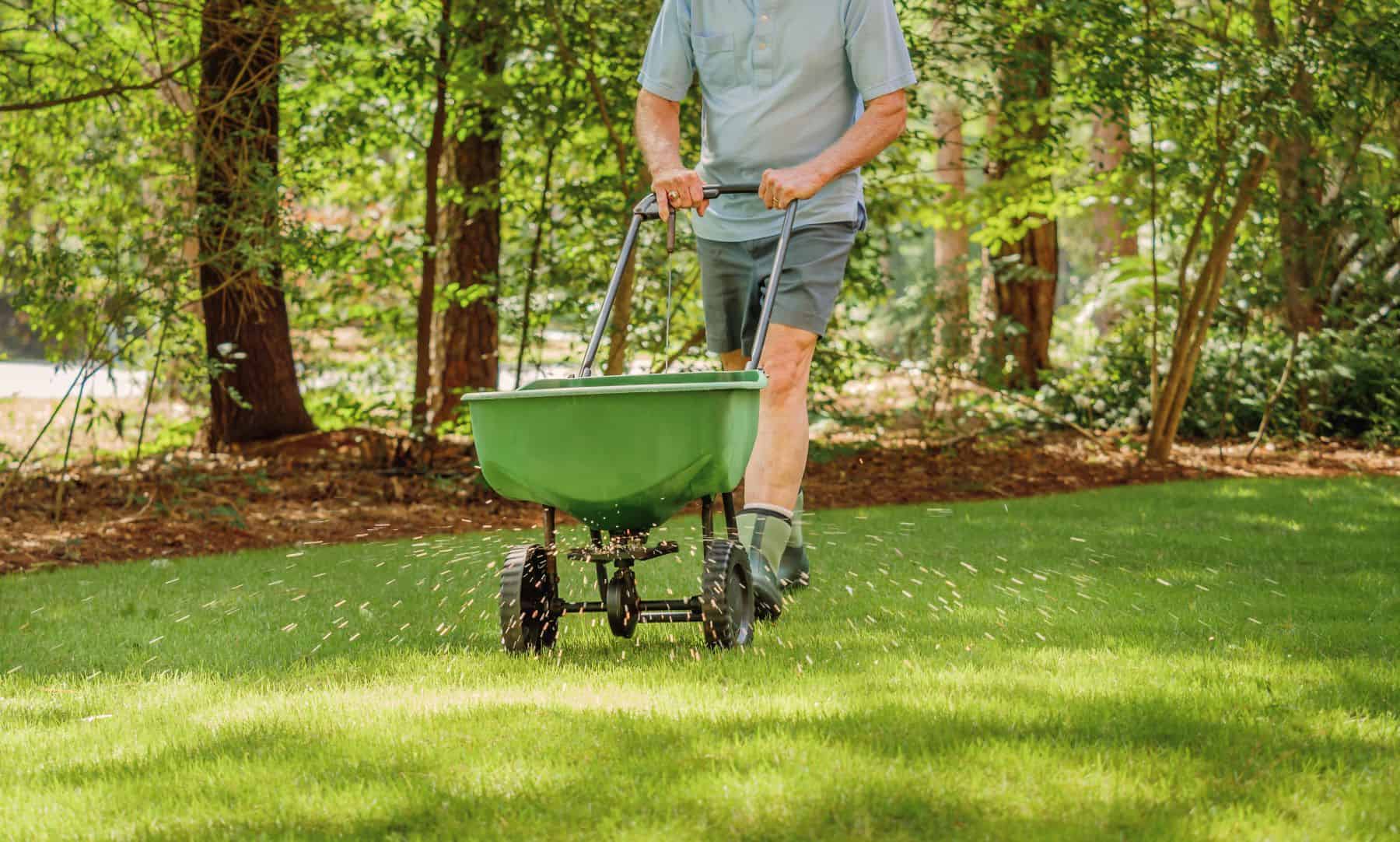Here are the most common nutrient deficiencies in plants and how to fix them. In this story, we will cover symptoms of plant nutrient deficiency and treatment using widely available fertilizers. Plants need nutrients from soil, water, and air for healthy growth. The composition of the soil directly affects the health of the plant. Important soil nutrients include nitrogen, phosphorus, potassium, calcium, iron, manganese, and many others. If any element is missing, the plant gets sick and may even die. But how do you know what element the plant is lacking? The answer is in the plant itself. Each vital nutrient deficiency has its symptoms, which can be detected through monitoring. If identified in a timely manner, these deficiencies can be treated and the affected plant can return to health. Editor’s Note: The “Big Three” plant nutrients are nitrogen (N), phosphorus (P), and potassium (K). These “N-P-K” numbers are prominently printed on most plant fertilizer packages. For … [Read more...] about Common Nutrient Deficiencies in Plants
nitrogen
Lawn Fertilization Tips for Spring and Fall
Lawn fertilization is necessary for healthy, green grass lawns. A well-fertilized turfgrass lawn is healthy enough to withstand stress from pests, foot traffic, and environmental factors. Quite simply, regular lawn fertilization is necessary to maintain optimal health. Here are some quick tips that will help you maintain a healthy green turfgrass lawn. Then I will give a more in-depth explanation of key lawn fertilization principles. Home, Garden and Homestead receives a small commission (at no cost to you) from product links in this story. Thank you for supporting this website! 5 Quick Lawn Fertilization Tips Fast-Release and Slow-Release Fertilization Depending on your lawn’s needs and your preference, you can choose between fast-release inorganic lawn fertilizers and slow-release organic fertilizers. You can even use the blend of multiple fertilizers if you wish. For example, some homeowners use fast-release fertilizers, followed by a top dressing of organic … [Read more...] about Lawn Fertilization Tips for Spring and Fall
How to Fertilize Clematis (and other flowering plants)
When I first started growing clematis plants and was learning about how to fertilize clematis, I learned about the N-P-K numbers found on plant fertilizer packages. N-P-K is short for Nitrogen, Phosphorus and Potassium. These are the primary components of plant fertilizer, and the numbers are always listed in N-P-K order. For example, the numbers 10-10-10 might be prominently listed on a fertilizer bag. The fertilizer numbers represent the percentages of each primary nutrient in the fertilizer. A 10-10-10 fertilizer contains 10% nitrogen, 10% phosphorus and 10% potassium. I learned that these numbers could be interpreted as Up, Down, All Around. Up referred to plant foliage Down referred to plant roots All Around meant plant vigor and strength As I became experienced in growing clematis, I gained a mentor in Holland named Ton Hannink. Ton is a retired clematis expert who now devotes his time to clematis breeding and collecting. Way before the “blossom booster” … [Read more...] about How to Fertilize Clematis (and other flowering plants)





